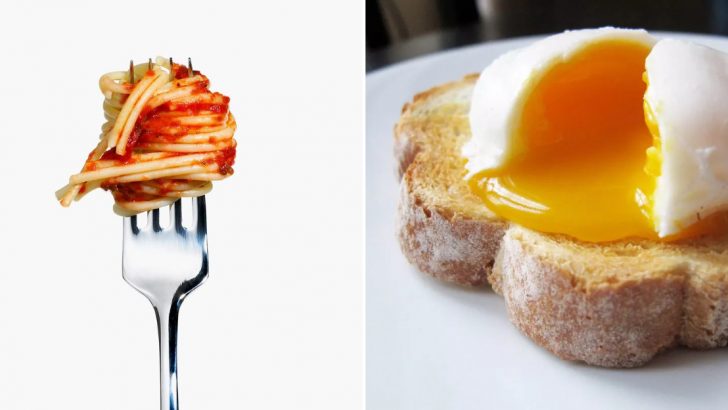Some foods peak when they’re still a little alive—figuratively (mostly).
We polled chefs, and the verdict is clear: These ingredients hit their prime before your heat panic sets in. From barely-seared tuna to just-wilted greens, top chefs swear by letting freshness shine before flames take over.
Don’t wait for the sizzle—sometimes the magic happens right at the edge of raw.
1. Pasta With A Bite
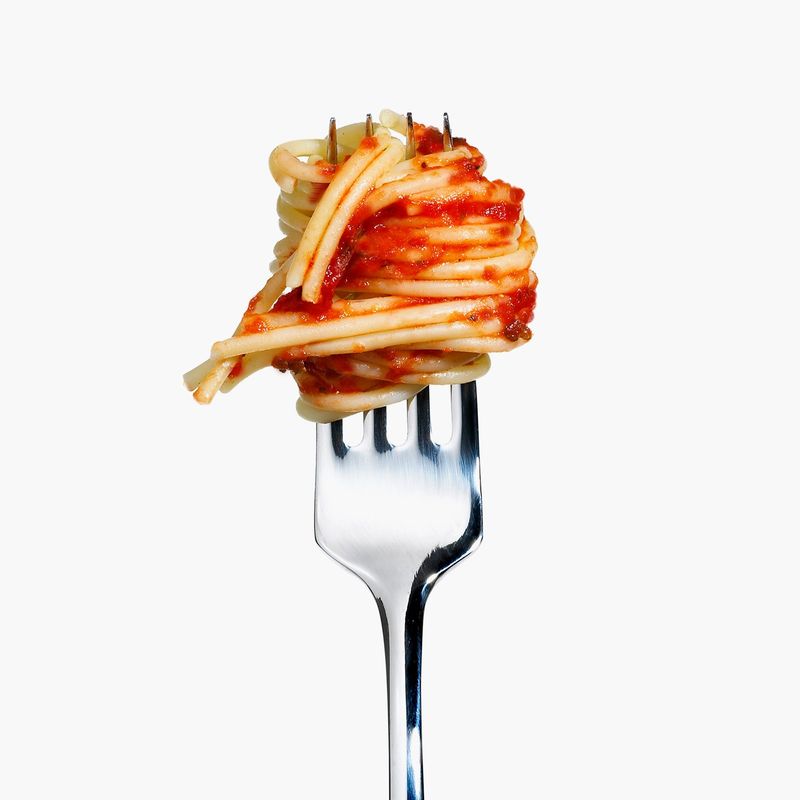
Al dente pasta—slightly firm when bitten—delivers that restaurant-quality experience home cooks often miss. The firmer texture holds sauces better and keeps your blood sugar from spiking too quickly.
Italian grandmothers would gasp at overcooked, mushy noodles! Try testing your pasta by throwing it against the wall—if it sticks, it’s probably past perfect. Share your pasta-timing tricks in the comments!
2. Salmon’s Silky Center
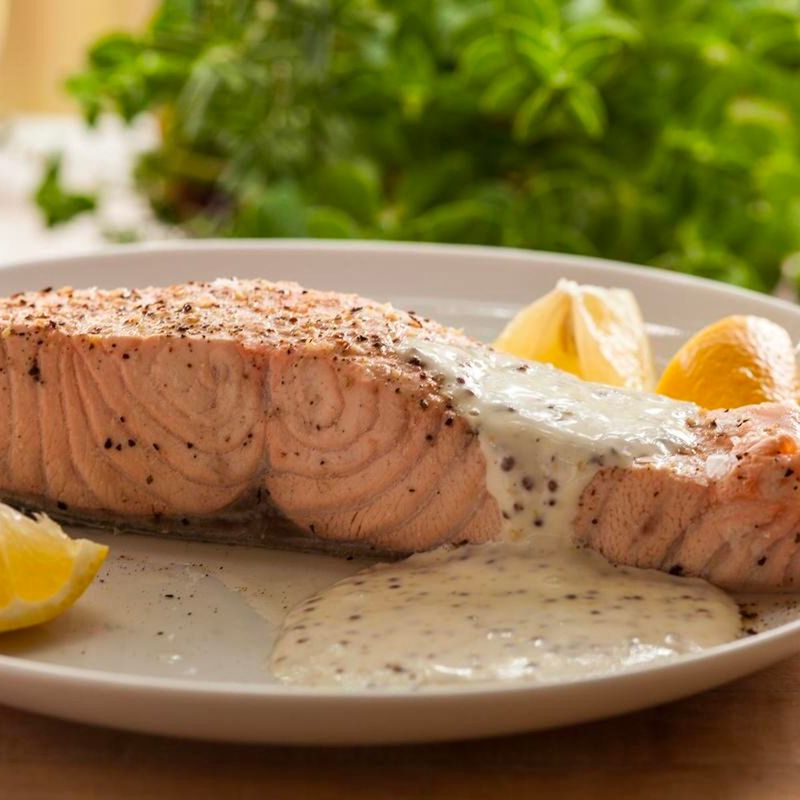
What if I told you that salmon should flake at the edges but remain translucent and buttery in the center? Most home cooks destroy this delicate fish by overcooking it until it’s dry and chalky.
Medium-rare salmon melts in your mouth with a texture that’s almost custard-like. French chefs call this perfect doneness ‘mi-cuit’—half-cooked—and it’s the gold standard in fine dining.
3. Eggs With Runny Yolks

Though some folks squirm at the thought, runny egg yolks are liquid gold in culinary circles! Soft-boiled, poached, or sunny-side up—these versions create instant sauce for everything they touch.
Hence the chef’s obsession with timing eggs precisely. That golden flow transforms ordinary toast, salads, and grain bowls into extraordinary meals. Ready to embrace the ooze and elevate your breakfast game?
4. Vegetables With Crunch

Crisp-tender vegetables—slightly undercooked with vibrant colors and a satisfying snap—elevate any meal from bland to brilliant! Forget the mushy, army-green veggies from cafeteria nightmares.
Where flavor is concerned, less cooking equals more nutrition and taste. Blanching for just 2-3 minutes preserves those essential vitamins that disappear with overcooking. Wanna impress dinner guests? Master the ice bath technique to lock in that perfect texture!
5. Steak’s Rosy Center
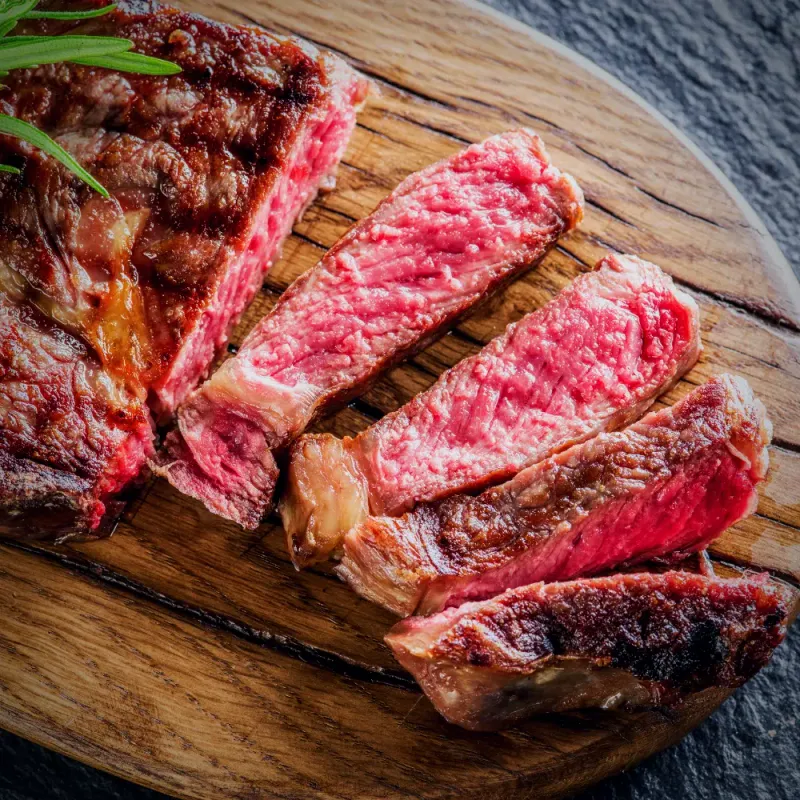
Medium-rare steak—warm red center with a crusty, caramelized exterior—represents beef in its prime glory! If you’re still cooking steaks to well-done, chefs everywhere are quietly judging your life choices.
However, achieving this perfect doneness requires mastering the rest period. Let that juicy masterpiece sit for 5-10 minutes after cooking. Got a meat thermometer? Aim for 130-135°F for that restaurant-quality experience that’ll make your taste buds dance!
6. Chocolate Cake’s Molten Heart
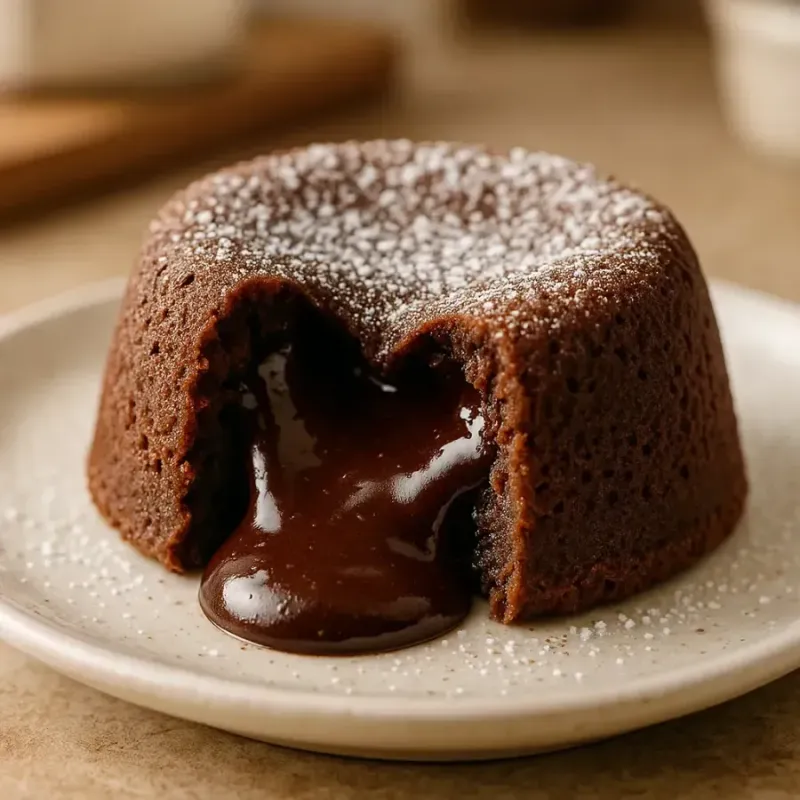
Deliberately undercooked chocolate cake creates that magical molten center that flows like lava when pierced! Professional pastry chefs carefully time these desserts to achieve the perfect balance between structure and ooze.
If your chocolate cake never delivers that Instagram-worthy flow, you’re probably baking it two minutes too long. Try removing it when the edges are set but the center still jiggles slightly. Wouldn’t you love to master this showstopping dessert technique?
7. Ahi Tuna’s Raw Appeal
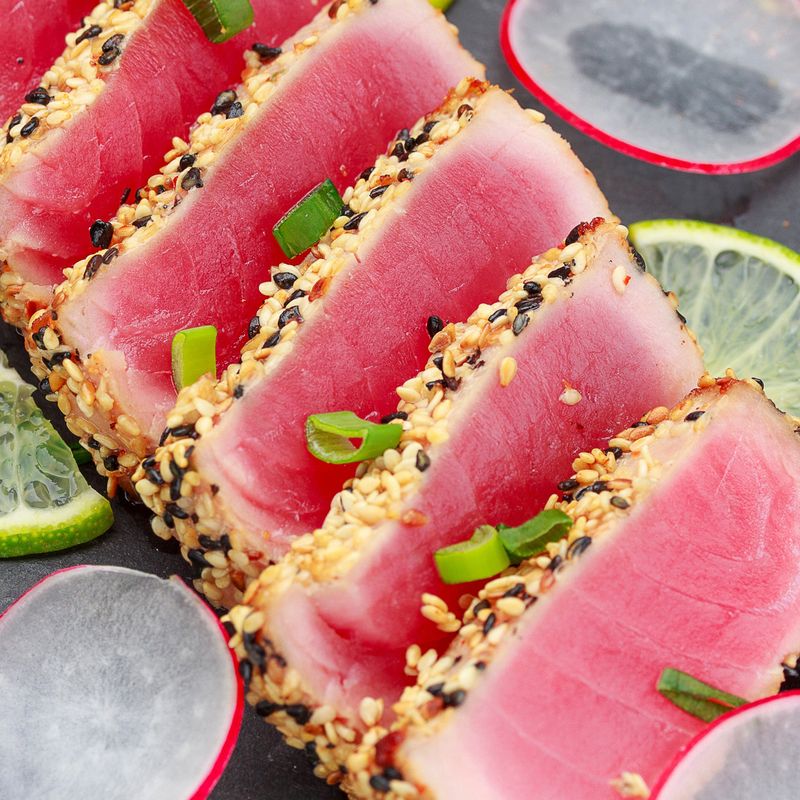
Seared ahi tuna—barely kissed by heat with a cool, ruby-red center—delivers a buttery texture that disappears with even a minute too long on the grill! This luxury protein transforms into cat food when overcooked.
How amazing that just 30 seconds per side creates that perfect crust while preserving the delicate interior? The contrast between seared exterior and raw center creates a textural magic that’s impossible to achieve any other way. Ready to try this chef-approved technique?
8. French Toast’s Custardy Middle
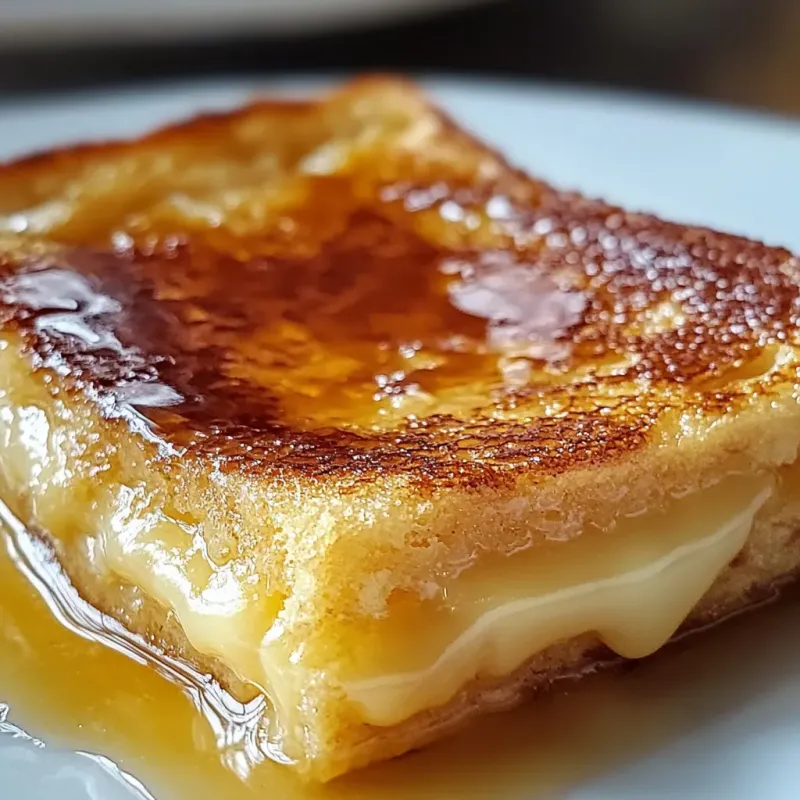
Perfectly undercooked French toast maintains a custardy, pudding-like center beneath its caramelized crust! This breakfast favorite suffers terribly when cooked until uniformly firm.
Though many home cooks panic at the slightly soft interior, this texture is precisely what makes restaurant versions so crave-worthy. Using thicker bread slices helps achieve this delightful contrast. Dare to leave your French toast slightly jiggly in the middle next weekend!
9. Risotto’s Flowing Nature

All’onda—the wave-like consistency of properly cooked risotto—requires stopping just short of complete doneness! This iconic Italian dish should slowly flow across the plate rather than sit in a stiff mound.
Professional chefs know to pull risotto from heat when it still has slight resistance to the bite. The residual heat completes the cooking process while maintaining that signature creamy flow. Want to cook like an Italian grandmother? Remember: risotto waits for no one—serve immediately!
10. Brownies’ Fudgy Interior

Fudgy brownies—slightly underbaked with a crackly top and gooey center—create that irresistible texture that makes you close your eyes with each bite! The toothpick test should show moist crumbs, not wet batter.
Ever noticed how boxed brownies always instruct you to bake until completely done? That’s precisely why homemade versions from pastry chefs taste so much better! They understand that slight undercooking creates that coveted fudgy quality that makes brownies truly special.
11. Roasted Garlic’s Spreadable Softness

Perfectly roasted garlic—soft enough to spread like butter but not completely mushy—transforms from pungent to sweet through careful undercooking! This kitchen magic happens just before garlic turns brown and bitter.
Where garlic is concerned, timing is everything. The sweet spot comes when cloves yield to gentle pressure while maintaining their shape. Schmear this golden goodness on bread or stir into sauces for an instant flavor upgrade that’ll make dinner guests beg for your secret!
12. Oatmeal’s Creamy Texture
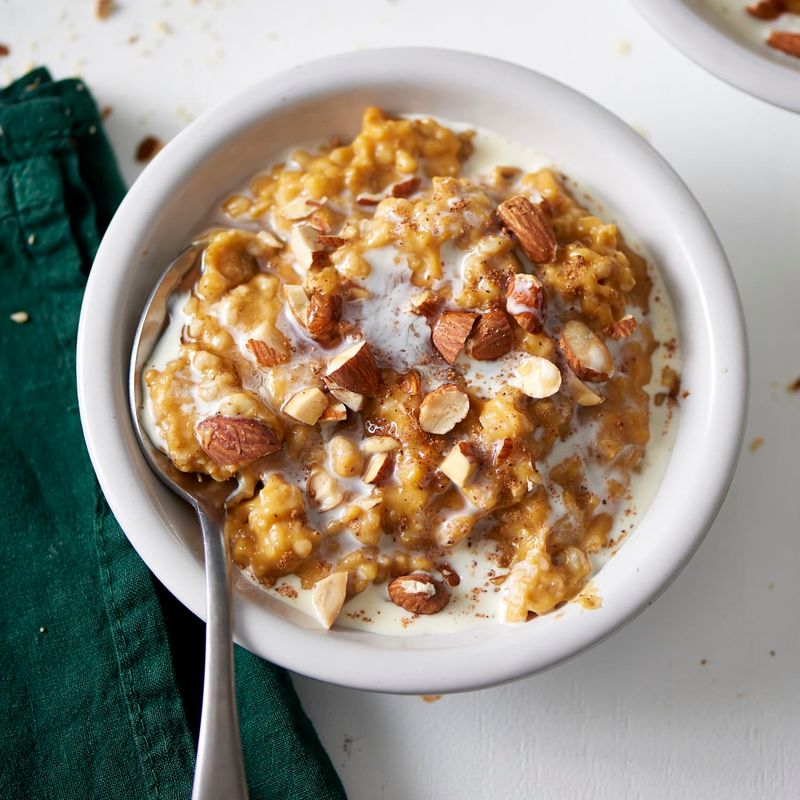
Luxuriously creamy oatmeal—removed from heat while still slightly too liquid—continues cooking to perfection as it rests! Most people ruin this breakfast staple by cooking until it resembles wallpaper paste.
Though it seems counterintuitive, stopping the cooking process early allows the oats to absorb remaining liquid while maintaining distinct texture. Wouldn’t you rather start your morning with velvety oatmeal instead of gluey mush? Try this chef-approved method tomorrow!
13. Green Beans’ Snappy Personality
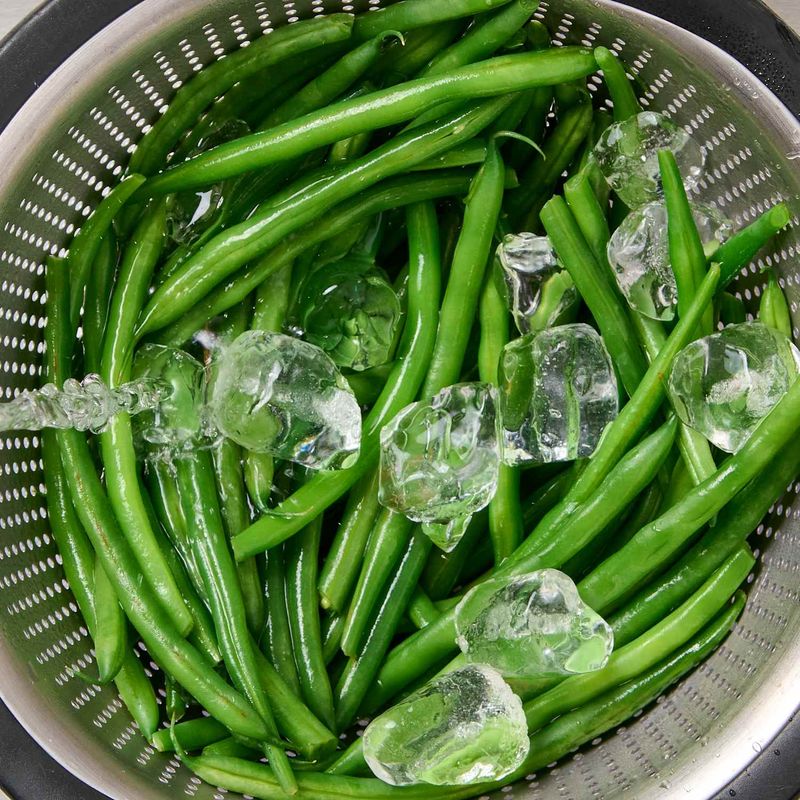
Bright green beans—blanched just long enough to soften while maintaining their satisfying snap—deliver both flavor and texture that disappear with overcooking! That vibrant emerald color signals perfect doneness.
If you’ve been boiling green beans until they’re army-green and floppy, you’ve been missing out on their true potential! Professional chefs plunge them into ice water after brief cooking to lock in color and crunch. Why not try this restaurant technique with your next dinner?
14. Calamari’s Tender Chew
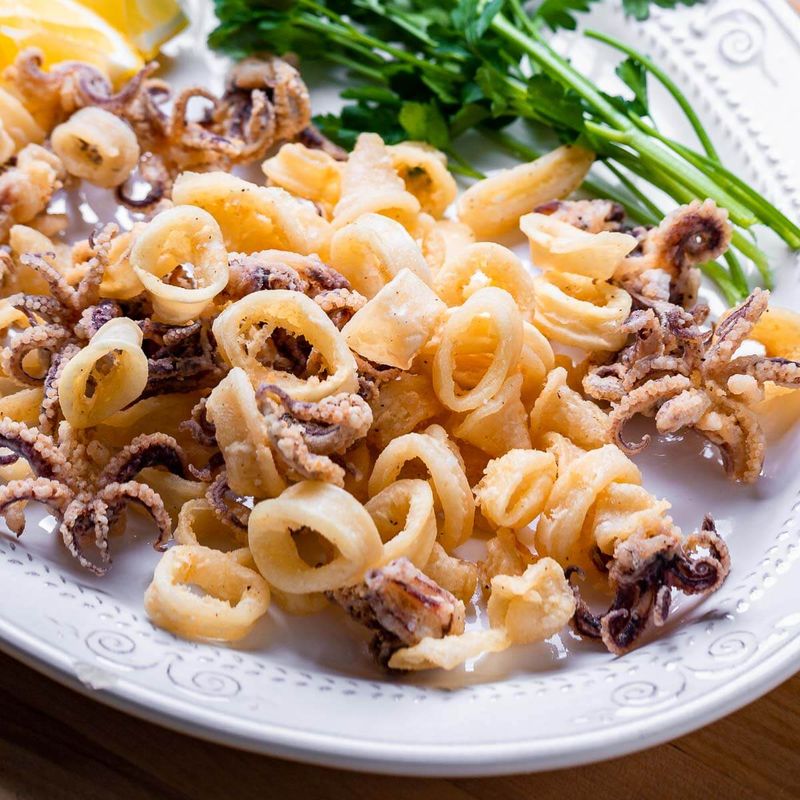
Perfectly cooked calamari—just past translucent but before it becomes rubber—requires precise timing that many restaurants miss! This delicate seafood turns tough after just 30 seconds too long in the pan.
Though it seems strange, calamari needs either very brief cooking (under 2 minutes) or very long simmering (over 30 minutes) to achieve tenderness. Nothing in between works! Have you ever experienced truly tender calamari? The difference is mind-blowing!
15. Pancakes’ Fluffy Centers
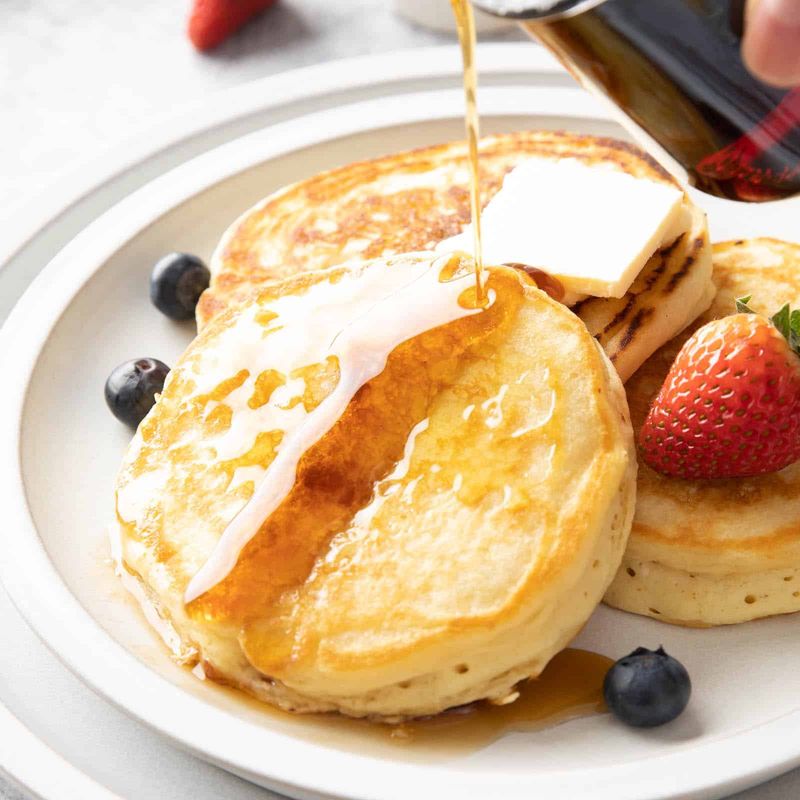
Golden-brown pancakes—flipped only once when bubbles form but before they all pop—hide slightly undercooked centers that continue cooking off-heat! This technique prevents the hockey puck syndrome that plagues weekend breakfasts.
Professional breakfast chefs know that perfect pancakes should have a slight dip in the center when served. The residual heat from the pan completes the cooking process while keeping the interior moist and fluffy. Ready to elevate your breakfast game?

